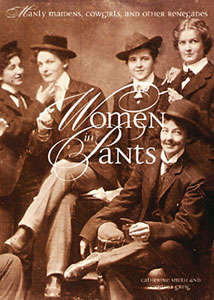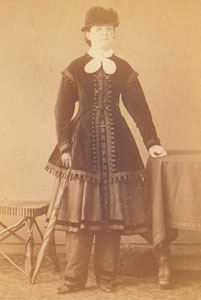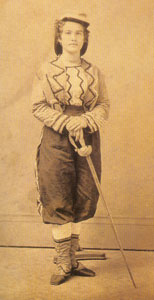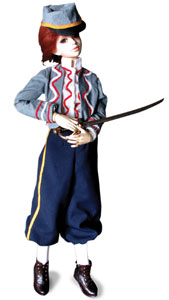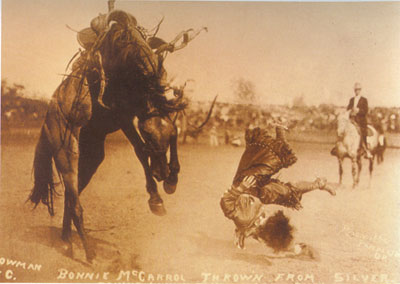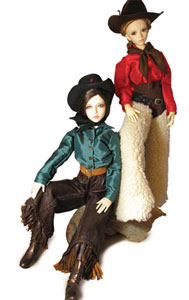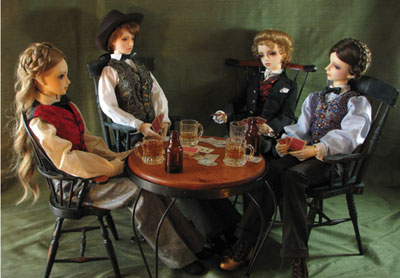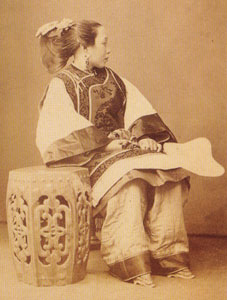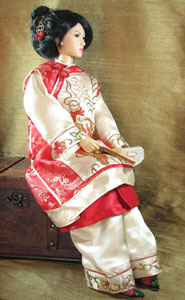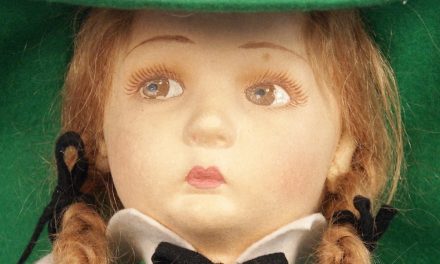Do Clothes Make the Woman?
Wearing trousers is a fashion option taken for granted by most women in the 21st century, but it wasn’t so very long ago that females who wore bifurcated garments on their lower extremities in public were considered vulgar or indecent — and sometimes even unlawful!
By Jill Jackson
“It is in very bad taste, even for a frolic, for a woman to assume boys’ clothes, or get herself up in any way that will tend to make herself look masculine.”
— Practical Etiquette, 1899 quoted in “Women in Pants”
During Hollywood’s Golden Era, the l930s and ’40s, such movie stars as Kathryn Hepburn and Marlena Dietrich popularized the look of tailored slacks and sweaters, proving that pants could be not only practical but glamorous as well. “Downtown Abbey” fans may envision an even earlier time, when women donned “womanalls” to toil in factories as World War I created a shortage of male workers.
Go further back, and you’ll see that women have been wearing pants for centuries, despite society’s efforts to dissuade them. In the book “Women in Pants,” authors Catherine Smith and Cynthia Greig present a pictorial chronicle of women wearing trousers since at least the early 1800s.
Inspired by the vintage photos collected in the book, Joan Thilges, a doll collector, period fashion designer, and amateur historian, joined forces with Julie Woodbury to reproduce, in doll form, the forbidden ensembles worn by some of the book’s “manly maidens, cowgirls, and other renegades,” who posed for the camera in masculine attire, thereby opening themselves to censure. Why would they do such a thing? As the book itself explains, “For some, wearing pants was a necessity; for others, it was an act of defiance; for still others, it was just fun.”
Women in Pants
By Catherine Smith and Cynthia Graig
H.N. Abrams, 2003
184-page hardcover, $35
ISBN: 0-8109-4571-1
Credits:
Doll photos by Joan Thilges
Vintage photos are reproduced with permission from “Women in Pants” co-author Catherine Smith
Excerpts from “Women in Pants” are used by permission of the authors

